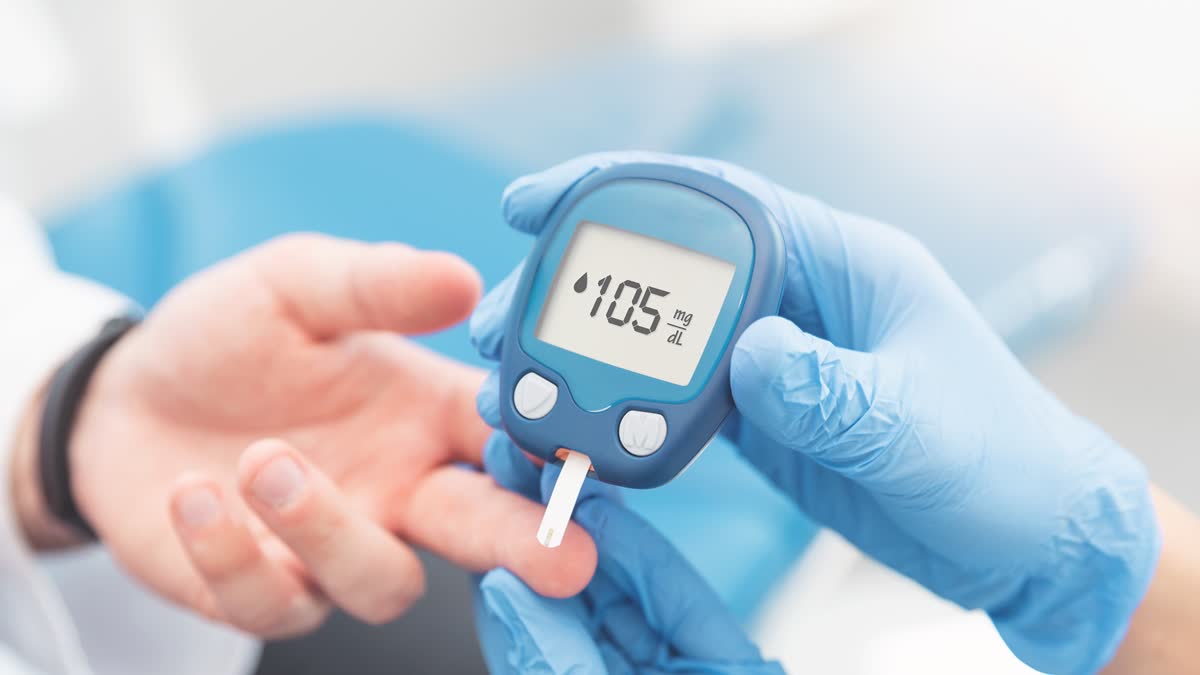Hyderabad: International Prediabetes Day is celebrated annually on the 14th of August. To raise awareness about Prediabetes and work towards flattening the diabetes epidemic, leading experts and medical professionals specializing in Endocrinology & Diabetology gather to commemorate this global event on August 14 as World Prediabetes Day.
History
The inaugural World Prediabetes Day took place on the 14th of August 2021. The date was carefully selected 90 days prior to World Diabetes Day (14 November) because it is scientifically proven that it takes 90 days to modify one's lifestyle in a way that can reverse Prediabetes and prevent its progression to Type 2 diabetes.
Prediabetes
Prediabetes refers to having blood sugar levels that are higher than normal but not yet high enough to be classified as Type 2 diabetes. However, without making significant lifestyle changes, both adults and children with Prediabetes are at a high risk of developing Type 2 diabetes.
Who should be careful?
Those with a family history of diabetes and individuals who are overweight, particularly those with central obesity, should be particularly cautious. Prediabetes is not merely a precursor to diabetes; it also increases the risk of high blood pressure, hypertension, high cholesterol, and obesity, collectively raising the risk of heart diseases.
Symptoms
Prediabetes typically does not show any noticeable signs or symptoms. One possible symptom is the development of darkened skin in certain areas of the body, such as the neck, armpits, and groin. However, experiencing reactive hypoglycemia, characterized by discomfort, irritability, or even anger a few hours after consuming a heavy meal, could be a sign, especially in young individuals.
Classic signs and symptoms that indicate a transition from Prediabetes to Type 2 diabetes include:
Increased thirst
Frequent urination
Increased hunger
Fatigue
Blurred vision
Numbness or tingling in the feet or hands
Frequent infections
Slow-healing sores
Unintended weight loss.
How to reverse Prediabetes:
The most effective approach to treating and potentially reversing Prediabetes is through adopting a healthy lifestyle. Eating nutritious foods, incorporating physical activity into your daily routine, and maintaining a healthy weight can help normalize blood sugar levels or delay the onset of Type 2 diabetes.
Differences between Prediabetes and Diabetes:
Diabetes carries risks such as heart disease, stroke, damage to the eyes, kidneys, and nerves, among others. Individuals with Prediabetes usually do not experience these complications, although a small number may. Both conditions can lead to heart attacks and strokes.
Diabetes is a more advanced stage, often presenting with symptoms like leg cramps, unlike Prediabetes, which rarely shows symptoms. The key is not to wait for symptoms to appear; screening can identify normal glucose levels or indicate Prediabetes, offering an opportunity for reversal or prevention of diabetes.
Prediabetes in India:
Diabetes is rapidly becoming an epidemic in India, 11.4% of India’s population is diabetic. Despite its lack of clear symptoms, a substantial number of people, around 15.4% of the urban population and 15.2% of rural India are in the pre-diabetic stage. The overall prevalence is 15.3%.
ICMR-INDAB study reveals the burden of NCDs could be higher than anticipated; the estimation is based on an analysis of the prevalence of obesity, hypertension and hypercholestrolemia (presence of bad cholesterol).
The rise in diabetes in India can be attributed to several factors, including changes in lifestyle and diet, urbanization, and genetic predisposition. The majority of experts believe that the shift towards a more sedentary, calorie-rich diet, along with increased stress and lack of physical activity, has led to a surge in type 2 diabetes. Additionally, Indians of Asian descent are more likely to develop insulin resistance, another risk factor for the disease.
Initiative by Indian government:
To combat this issue, the Indian government initiated the National Diabetes Control Program in 1987, focusing on raising awareness, identifying at-risk individuals, and providing rehabilitation for those affected. In 2008, the government launched the National Program for Prevention and Control of Cancer, Diabetes, Cardiovascular Diseases, and Stroke, aiming to address diabetes prevention and control on a national scale.
Non-governmental organizations play an important role in prevention and education through awareness campaigns. In 2016, an NGO launched a text message campaign to encourage Indians to eat more fruit and vegetables. By the end of the campaign, 40% of the people targeted by the operation had improved their lifestyle and adopted a healthier behavior.



